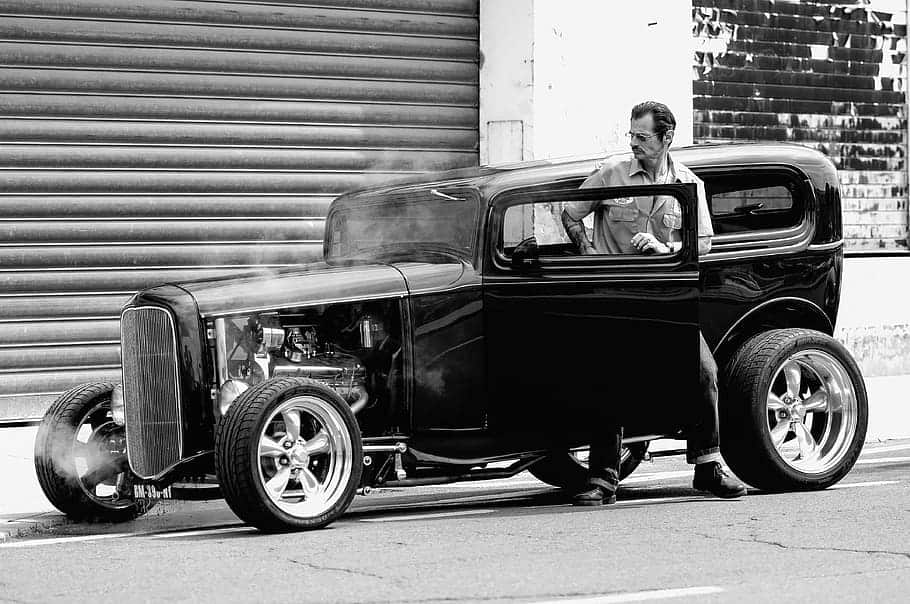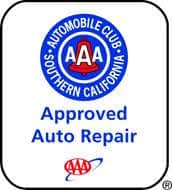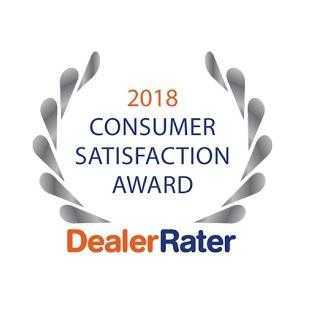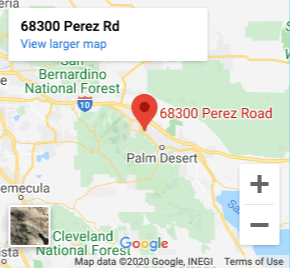
There are few things you want to know about your car in order to avoid costly repairs. First off, your battery. The battery lasts about three years and that’s it. Whether it passes or not, it’s going to let you down in the next year or two. What happens is with all the electronics that’s going on in the car, when when you start your car, you’re running solely off your battery. If your battery is weak, it turns your starter over slower. It draws more power. Now, when your car does run, your alternator kicks in and throws extra amps at that battery to try and recharge it. Now, all those things, all the amperage current that’s going through your car, the very spiking high and low to eliminate a lot of electronics problems, to stay on top of it and replace that battery. It’s one hundred and twenty bucks. Hundred and fifty bucks. Well worth it. Change your battery on a timely manner.
Never run your car lower than a quarter tank full of fuel. What it is, it’s an electric fuel pump in your tank that pumps fuel to your engine. And it’s a it’s a whole bunch of tiny little windings in there and it actually uses the gas to keep it cool. What happens when it gets below a quarter? That’s not enough fuel sloshing back and forth to keep that pump cool. And especially if you’re on your own on a long road trip, if you’re if you run it right dry and then go to a gas pump to fill it up.
Now you’ve got a really hot fuel pump and you’re pouring 15 degrees Celsius fuel on it. And it’s a big shock for it. And you do that too many times and you’re going to burn out your pump prematurely. There’s four or five, six hundred dollars gone for no reason. So just keep that tank above a quarter. If you know the history of your car, that’s OK to do. Transmission flushes. If you do not know the history of your car and it’s a high mileage car, be very, very careful. On the subject of being careful, there are 5 things to never do in a manual transmission car.
I don’t recommend changing your fluid. And the reason is your transmission is full of oil passages. And over time, little bits of dirt get stuck in corners here and there where they will probably stay until the car is at the scrapyard. The problem is when you put new fluid in new transmission fluid, has detergents in it to keep a transmission clean. And what it will do is wash. It will grab all those little pieces that are stuck and take them and and put them in one spot.
And that will be a variety of different problems. Best to just cross your fingers on a high mileage car, keep your level up and hope for the best. If the road conditions aren’t perfect or ideal, especially in the winter, you want to leave your cruise control off. What you want to do is when you do have to drift unexpectedly, just let go of the throttle and close through it. Don’t lock up the brakes and don’t fight the cruise or panic.
That one extra step is what you might need to keep control of your car, keep the car pointed, the steering wheel and the direction you want to go and look at where you want to go. If you have to worry about the cruise, that’s one more reason that you could end up in the ditch. We all like our aftermarket rims, and if you’re like me, I like the tires just a little bit bigger than factor. They always get it wrong.
Problem is when you get a flat, especially on a pickup truck, it’s usually an unavoidable flat because they tires are doing all the work. Now, if you take your spare and your spare is still the original size and a lot smaller, what’s happening is you have more than likely, if it’s 10 years or newer, it’s got a limited slip differential. And if you have one big tire and one small tire, that differential is thinking that the one tire is slipping and it’s trying to lock this tire up so that in a matter of about 10, 10 kilometers, 10 miles, you will have destroyed your dish and there goes a thousand bucks easy.
So if you get a flat on the rear, make sure that if your spare tire is not the exact same size, you can check the numbers on the side. Every tire will have the numbers written. If you don’t understand the numbers, just roll the tire upside. If it is a different size, make sure you put the oddball size or the spare on tires that are not doing the work. So on a rear wheel drive tire, you want to put the tires on the front on a front wheel drive tire, you want to put your spare on the back so that as the drive tires are still turning equally, if it’s cold outside and the roads are a mess, when you park your car, do not kick your bumper to knock off the sludge.
What’s happening is the plastic, once it gets below freezing, gets very brittle.
And if you’re kicking your bumper the way it’s held on as a whole bunch of little holes with little tabs on it that hold your bumper in place if you kick it, you might not even know it. But this is very thin here and you could very easily crack it, let alone put a puncture or a star right in your plastics. Leave your plastic’s alone when it gets warm or it gets bumpy, it’ll fall off itself or take it to a car wash and wash it off, but do not get cold plastic bumpers.
Your car overheats and you’ve got your redcap off safely afterwards, but your engine is still hot. Never, ever put cold water in a hot engine. It will go in the cold and the hot don’t mix. The hot shrinks too fast and you run a big risk of cracking your block or wrecking your head gasket if you if you absolutely have to to get going, put as hot water and as possible into your ride. It’s one of the first items on our Every Car Owner Should Know These 10 Things article.
And you should be good to go if your car battery dies and you need a boost, do yourself a favor and call roadside assistance. Don’t get a boost from somebody who doesn’t know what they’re doing. And I’ll tell you why. A lot of the electronics in our cars now require a lot but larger alternators to run our TVs and our heated seats and our cameras and everything else. When you have a dead battery, your alternator, as soon as it realizes when your engine’s running that the battery’s dead, it’s giving its full power to try and charge that battery.
If you have a boost vehicle, it’s already doing that. Now, you’ve got to alternators that are trying to feed this battery, saying I need to give a full power to charge this battery. It leaves a lot of potential to wreck very delicate computers inside the car. So do yourself a favor with roadside assistance. If they mess it up, you can blame them. They have insurance. They have you have a much better chance of getting your money back out of a blown issue than you do from a stranger.
And it goes the same way if you’re boosting somebody else, you know, at that that time has passed. If you absolutely have to do it, don’t leave your car running. If it won’t start up with your car sitting idle, don’t start your car to start somebody else’s vehicle. Anything older than two. Sure. Anything newer. I wouldn’t do it.
Of course, problems with cars are unavoidable. Cars eventually break down and may need repairs. You just want to keep that eventuality as far as you can. But when it comes, you can always count on Davies Auto Care to help you out.





